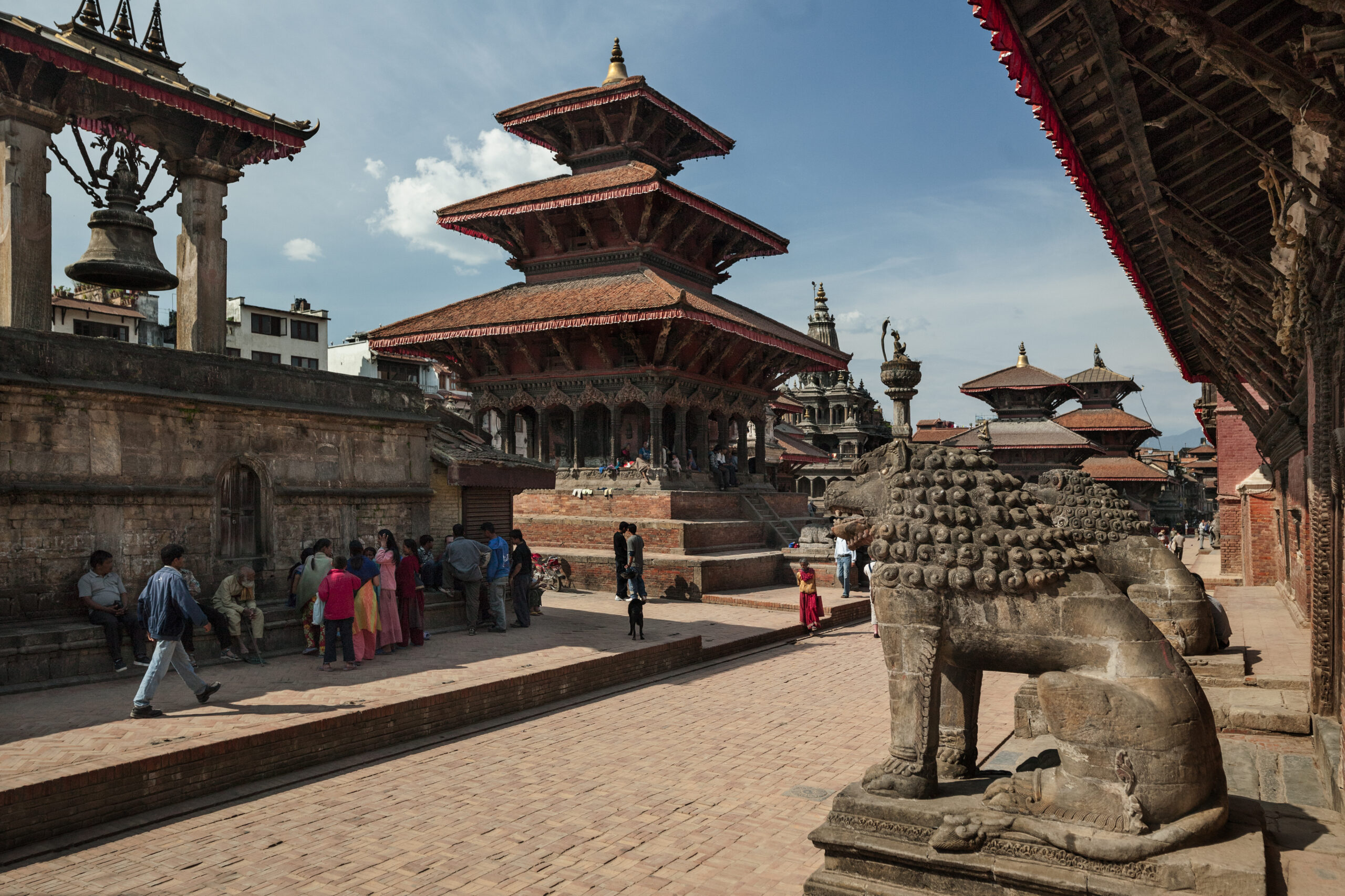That Scary Shake at Night
Imagine you’re about to snooze, and out of nowhere, the ground starts shaking. That’s what happened in Nepal’s Jajarkot district. A big quake, with a 5.6 magnitude, hit them hard, and people’s houses fell down, with some folks not making it through the night.

When Earth Shakes Meet Real Life
So, Nepal had another earthquake, right. But it’s not just a nature thing; it’s super bad for people living there. Nepal is in a tough spot where two huge chunks of Earth’s crust, the Indian and Eurasian plates, keep pushing against each other, making the Himalayas and causing a lot of quakes. It’s a wake-up call that we need to be ready for this kind of stuff.
What Happened Right After
Right after the quake, emergency teams were all hands on deck, even though it was dark and the terrain was rough. How fast they and the locals react can really make a difference in how bad things turn out.

From the People There
The quake was felt all the way to New Delhi, which is pretty far off. It wrecked buildings and hurt a lot of people. Local leaders and rescue teams did a solid job talking to each other and getting things done, showing how teamwork in a crisis is super important.
The Real MVPs: The Locals
The folks in the quake zones were amazing. They were scared, sure, but they also helped each other out, proving that community spirit is key when disaster strikes.
Looking Back to Learn
Back in 2015, Nepal had some really bad quakes, and it was a tough lesson in how bad things can get. It was a big red flag that we need better buildings and to teach people what to do when the earth shakes.

Rebuilding the Smart Way
Since then, there’s been a push to build things stronger so they’ll stand up better to the next quake. This means making buildings that can bounce back after a shake-up.
Tech to the Rescue
Now we’ve got some cool tech to help us get ready for quakes and deal with them when they happen. Things like getting a heads-up before a quake hits, and new ways to build can save lives.
The World’s Got Our Back
It’s also about countries helping each other out, with money, skills, and knowledge, especially when it’s time to rebuild.
How We Move Forward
Even though we’re sad about the losses from this quake, we’ve got to think about the next steps. It’s a reminder to get our act together for the next one.
Schooling and Getting Ready
Teaching people about quake risks and what to do is super important. Practice drills and making plans can really help.
Wrapping Up
We’re all for Nepal as they get through this. If we learn from what went wrong and focus on being ready for next time, we can cut down on how much these quakes mess up people’s lives. We’ve all got to chip in with knowledge and support, and keep that human spirit strong. Let’s do this together.
FAQ Section for Understanding Nepal’s Earthquake Issue
What caused the earthquake in Nepal?
The earthquake was caused by the movement of the Indian tectonic plate pushing against the Eurasian plate. This movement is a regular occurrence in the region and results in Nepal experiencing quite a few earthquakes.
How big was the earthquake in Nepal?
The recent earthquake in Jajarkot district of Nepal had a magnitude of 5.6. That’s strong enough to cause significant damage, especially in areas where buildings aren’t quake-resistant.
Why is Nepal so prone to earthquakes?
Nepal sits right on the boundary of two major tectonic plates. As these plates move, they create pressure and stress that is released in the form of earthquakes. Plus, Nepal is home to the Himalayas, which were actually formed by these plate movements.
What’s being done to make buildings in Nepal safer?
There’s a big push to “Build Back Better,” which means reconstructing with better materials and designs that can withstand earthquakes. New building codes and construction techniques are part of this effort.
How can technology help with earthquakes?
Technology can be a game-changer. There are early warning systems that can alert people before a quake hits, and new building methods that make structures safer. Plus, tech can help with quick communication and coordination during rescue operations.
How can I stay safe during an earthquake?
If you find yourself in an earthquake, remember to “Drop, Cover, and Hold On.” Get down on the ground, take cover under sturdy furniture, and hold on until the shaking stops. Always stay away from windows, and if you’re outside, move away from buildings.
What should I do after an earthquake?
Once the shaking stops, check yourself and others for injuries. Be careful of aftershocks, and listen to local news or authorities for safety instructions. If you’re in a damaged building, get out and move to an open area away from potential hazards.
How does the world help after a big quake like this?
Countries and international organizations often send aid in the form of emergency responders, medical teams, and supplies. They also provide financial support for rebuilding and recovery efforts.
Can we predict when the next earthquake will hit?
Unfortunately, we can’t predict the exact time and location of an earthquake. However, scientists can identify areas with a high risk and provide general forecasts about the likelihood of seismic activity.
Remember, the best thing we can do is be prepared, educate ourselves, and help out where we can. Stay safe, everyone!
Sources Aljazeera


